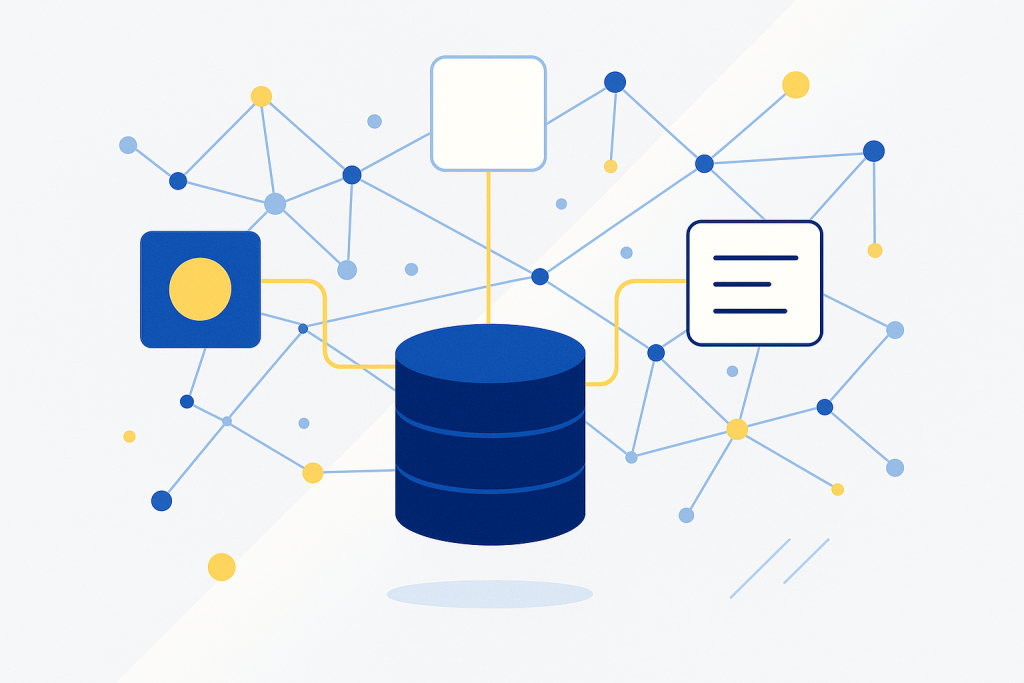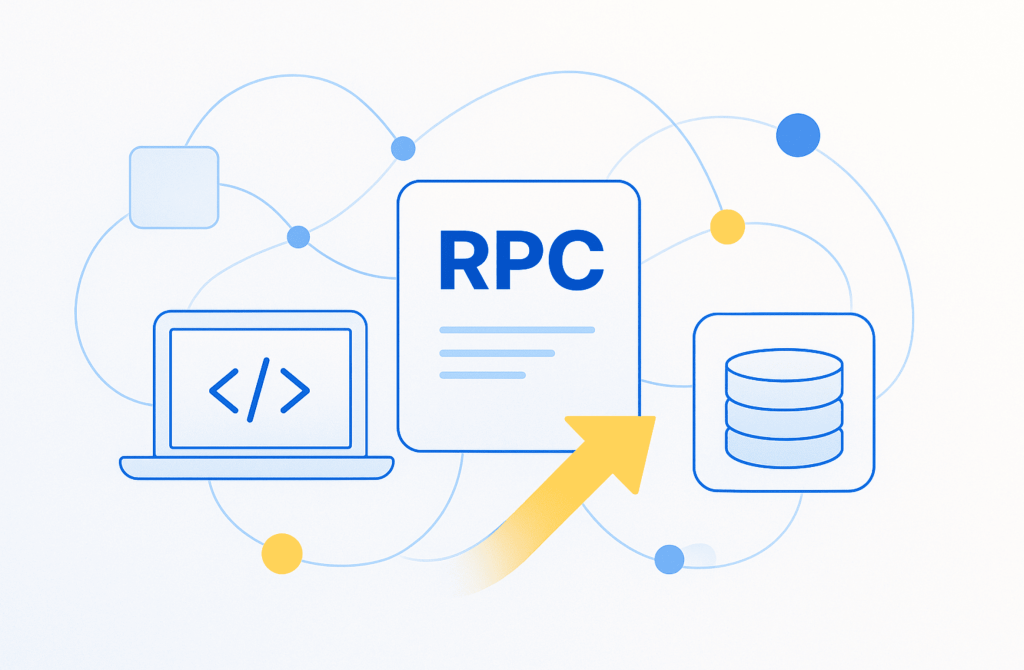Security remains a top priority in cryptocurrency transactions, especially as the industry faces rising threats from cyberattacks and private key compromises. One of the most effective safeguards is multi-signature (multisig) authorization, a mechanism that requires multiple approvals to validate transactions, reducing reliance on a single point of failure. Despite its security benefits, multisig is not…
Category Archives: Web3 Foundations
8 Best Practices for Scaling Decentralized Networks for Reliability and Growth
Scaling decentralized networks can be challenging due to performance limits like low transaction speeds and high fees. Popular blockchain networks like Bitcoin and Ethereum process far fewer transactions per second (around 7 and 15-20 TPS, respectively) than native systems like Visa (65,000 TPS), opening the door to network competition on throughput and cost. As decentralized…
Centralized vs Decentralized APIs: A Developer’s Decision Framework
In Summary: How to choose the right architecture for performance, security & Web3 interoperability. APIs are essential tools that let systems communicate, but there’s an important decision to be made by Web3 developers especially: between centralized and decentralized infrastructure. Choosing the right one depends on your project’s performance, security, scalability, and control needs. Developers must…
What are Remote Procedure Calls (RPCs)?
Remote Procedure Calls (RPCs) enable one program to communicate with another across a network as if calling a local function. They are essential in both distributed computing and blockchain development. They simplify complex interactions, enabling fast, secure, and reliable communication between systems. Whether you’re building decentralized apps (dApps), interacting with smart contracts, or developing Web3…


